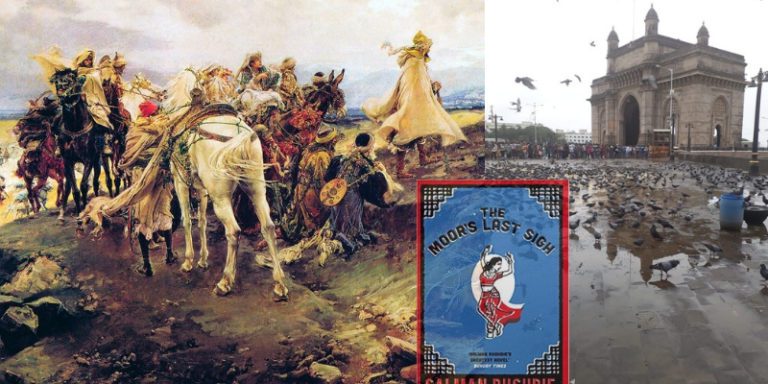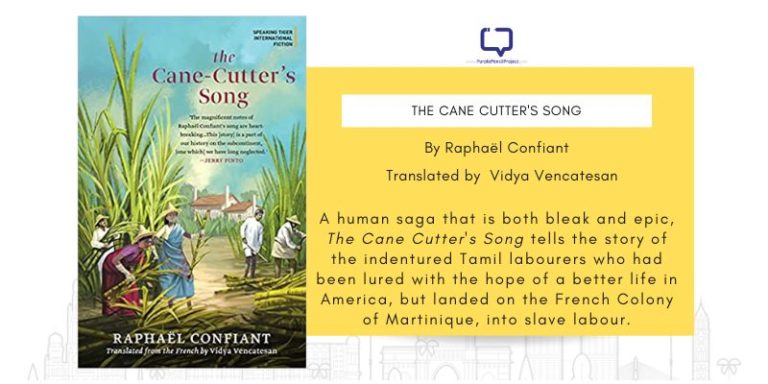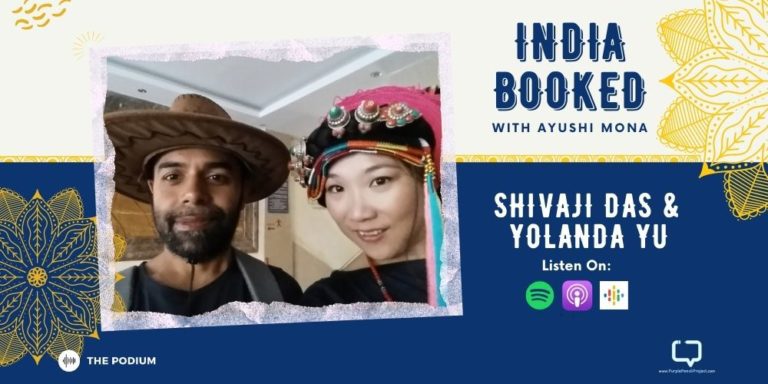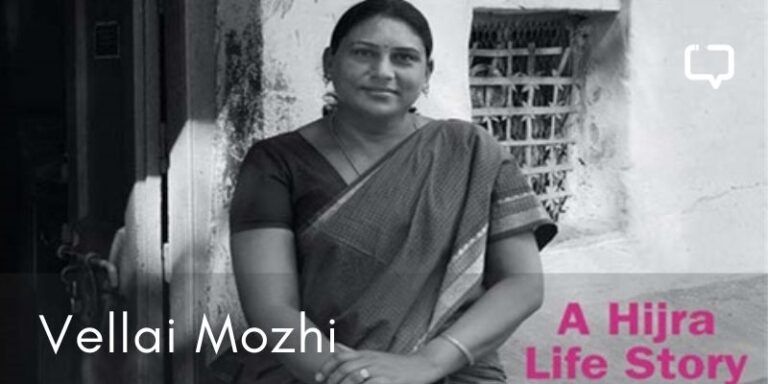Sneha Pathak reviews The Many Lives of Pauloma Chattopadhyay by Devangi Bhatt, translated from the Gujarati original Vasansi Jirnani by Mudra Joshi (published by Niyogi Books Private Limited, 2024).
The Many Lives of Pauloma Chattopadhyay is a slim novel of less than two hundred pages, translated from Gujarati. Replete with magical realism, the book narrates the story of the middle-class, middle-aged housewife Pauloma, whose life has been akin to a flat line for the past fifty-odd years. She lives in Kolkata in a middle-class household with a husband, who is neither particularly loving nor cruel, and her two sons and their wives, with whom she shares exactly the kind of relationship one imagines when thinking of a middle-class household.
Pauloma’s Transformative Journeys
Pauloma’s flat existence gets a jolt on the day she gives in to the urge to climb inside one of the huge pots used for storing grains in the past that are now eating dust in the storeroom. As she climbs into the pot, she finds herself transferred to a different place at a different time in a different form. This happens three times in the novel as we witness Pauloma experiencing three lives completely different from her own for a brief period.
The first time, she is a young girl and then the wife of a Gestapo officer in Nazi Germany; the second time, she is a princess living in Cairo in a limited world that is suddenly broadened by a new arrival, and in the third, she is a Gujarati woman who has decided to fulfil a dream as the rest of her village waits for an apocalypse which is supposed to destroy their lives soon.
Recommended Reading: Life in a Gujarati Village, The Eyes of a Little Girl
In all three lives, Pauloma is as different from each other and her ‘original’ self as chalk and cheese. And yet, every journey, every life seems to fulfil some aspect of her and teach her something different. The aspirations, the conditions, and the nature of all the three women she briefly becomes are very different from each other, but they are all women of great strength of character, whether they know it or not.
Pauloma becomes each of these women when they are at the cusp of something pivotal in their life, something that’s going to change the direction of their life forever. Interestingly, these experiences of Pauloma also change her life even though it seems to be a change for the worse as she is branded delusional and considered so for the rest of her brief life.
Themes of Rebirth and Self-Discovery
The original title of the novel, Vasansi Jirnani, has echoes of mysticism as it is taken from chapter 2, verse 22 of the Bhagavad Gita, and the verse means that “As a person sheds worn-out garments and wears new ones, likewise, at the time of death, the soul casts off its worn-out body and enters a new one.” (translation by Swami Mukundananda)
In fact, the huge storage vessels could also be seen as a metaphor for a womb upon entering which Pauloma gets a new life every time.

It is, therefore, possible for an Indian reader to look at the novel from the lens of birth and re-birth, even though this idea is repudiated towards the end of the story in a discussion of Pauloma, the patient between a professor and his group of students. As the professor explains, “The time periods she described were overlapping with each other.” The Many Lives of Pauloma Chattopadhyay can also be read as a tale of wish-fulfilment, of daydreaming, gone to a different level where a reader can look at the dark storage room representing our subconscious mind, as mentioned in the introduction to the novel.
As such, the book offers no final solution to its readers, giving them the freedom to interpret the story according to their own beliefs.
Favourite Quote from Devangi Bhatt’s The Many Lives of Pauloma Chattopadhyay
She only remembered a severe tremor which sent her hurtling through space. Something exploded in her navel and she began to dissolve… drop by drop… her being drained away. She ceased to exist, became nothingness.
Conclusion
The story is told in plain and simple language but manages to capture the essence of the main character and her avatars as well as that of the age they are living in. A special mention to the cover design that attracts the reader towards the story. It is possible to finish reading The Many Lives of Pauloma Chattopadhyay in a single sitting, but it might continue to haunt the reader even after she has turned that last page.
























One Response
Thanks Sneha for responding to my work. Love